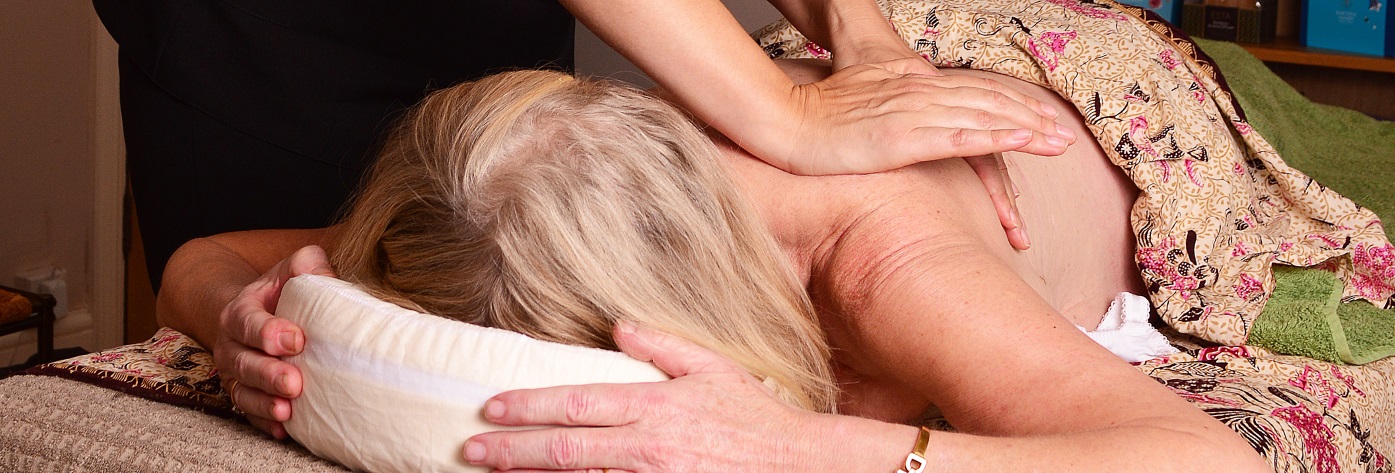What is Swedish Massage?
Swedish Massage, which originated in Sweden, hence the name, is really the ‘classic’ form of massage of that we think of in the Western world. The techniques used such as stroking and gliding, kneading, rubbing, tapping or pounding and vibration are probably those you think of when you think of a massage. Swedish Massage can be adapted in terms of pressure, techniques and areas worked according to your needs. Swedish massage is exceptionally beneficial for increasing the level of oxygen in the blood, decreasing muscle toxins, improving circulation and flexibility while easing tension.
What happens during a treatment?
After a medical and lifestyle consultation, you will remove your clothing over the areas to be worked and lie under the covers of the therapy bed. A massage oil such as Soothing Massage Oil, Aromatic Massage Oil or if you’ve fused this with Aromatherapy, a tailored blend of essential oils in a carrier oil will be applied and each area worked. A full body massage can additionally include a comforting abdominal massage which is great for those with digestive problems. We don’t use set routines here at Fusion Therapies, so we will work your problematic areas and those that we find during the treatment.
Who is it good for?
- Aches and Pains
- Arthritis
- Anxiety, Depression and Stress
- Chronic Fatigue
- Digestive Issues and Irritable Bowel Syndrome (IBS)
- Hyperglycaemia and Hypoglycaemia
- Insomnia
- ME
- Menopause Symptoms
- Muscular Tension
What does Swedish Massage ‘fuse’ well with?
Swedish Massage fuses well with therapies such as Aromatherapy, Ear Candling, Indian Head Massage, Reflexology, Reflexology Lymphatic Drainage and Reiki.
Find out more
Study Determines Optimal Dose of Massage for Osteoarthritis of the Knee Pain Research

